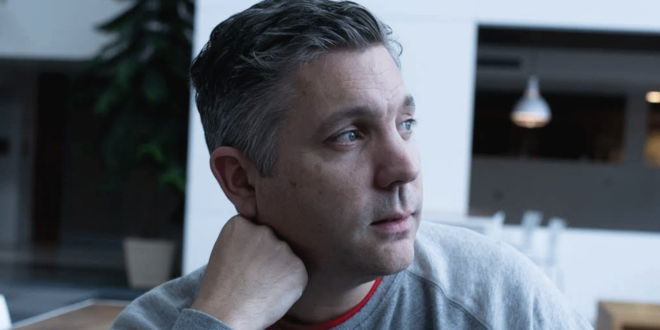Steve Cuss has head of studio operations at Criterion since 2018. He started in the games industry in 1994 as a programmer, joined Electronic Arts in 2001 and moved to Criterion in 2003, working on Black, both Burnout and Need For Speed series, Star Wars Battlefront and more recently on Battlefield V: Firestorm.
Making any game is hard and the challenge is only becoming more complex. At Criterion, our approach to producing triple-A games has to accommodate scale in people, process and technology.
Planning a whole creative project from start to finish is an exercise in self-delusion, but not planning at all means that you never know how much farther you need to go, the direction in which you need to head or exactly what you might need. You can’t plan what you don’t know, but you need a plan.
Criterion’s approach to meeting that challenge is firmly grounded in our people and process philosophies. Perhaps the most impactful expression of these is in maximising autonomy (over team, task and technique) and adopting a leadership approach that prioritises influence and inspiration.
“You can’t plan what you don’t know, but you need a plan”
For this to be effective we have to work hard at maintaining alignment on multiple levels, and to keep sharing context deep into our teams. This enables highly informed decisions to be made as close to the point of execution as possible.
Our approach builds upon Agile (Scrum) and Scaled Agile Framework (SAFe). However, off-the-shelf, these do not facilitate the breadth of creative and scientific collaboration needed to make a game. Equally we believe a full implementation of SAFe would suffocate a game team. So, we have adapted the roles and essential rituals of SAFe to work within the context of a triple-A game .
 For example, our approach distinguishes between game direction (inspiration and direction), product management (definition of the game we are making) and project management (priority & sequencing). On our game team the Agile product owner role is delivered by a combination of a producer, an area lead and a development director.
For example, our approach distinguishes between game direction (inspiration and direction), product management (definition of the game we are making) and project management (priority & sequencing). On our game team the Agile product owner role is delivered by a combination of a producer, an area lead and a development director.
Our product management takes the SAFe structure of sagas, that define the boundaries of a pillar that benefits the game; themes, that define the boundaries the many pieces that make up each saga and epics that describe the detail of each theme and feed our project management process.
To maximise autonomy and alignment it is important to us that the game is described at each of these levels in terms of benefits to the player and not instructions of what and how part of the game should be built.
We are always learning and evolving our process. We believe our approach has been one of the things that has contributed to our winning the gamesindustry.biz award for Best Place to Work, every year since their creation.

 MCV/DEVELOP News, events, research and jobs from the games industry
MCV/DEVELOP News, events, research and jobs from the games industry




